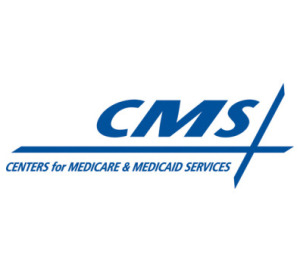by
Heather Mayer, DOTmed News Reporter | August 10, 2010

National coverage
determination change
The Centers for Medicare and Medicaid Services issued a notice declaring that the national coverage determination (NCD) will be changed to remove the current absolute restriction of coverage to “only one” FDG PET scan. Local Medicare administrators will have the authority to cover — or not cover — any additional scans for initial treatments in solid tumors and myeloma.
CMS reviewed the manual and said in a memo that there was no available evidence to support the absolute restriction.
The new ruling will allow CMS to continue covering one FDG PET scan, nationally, to determine the location and extent of a tumor for therapeutic purposes related to the initial treatment strategy. Local Medicare administrators will create their own criteria to determine if additional scans will be covered by the program, a CMS spokesman told DOTmed News.




Ad Statistics
Times Displayed: 39203
Times Visited: 1059 Stay up to date with the latest training to fix, troubleshoot, and maintain your critical care devices. GE HealthCare offers multiple training formats to empower teams and expand knowledge, saving you time and money
So this decision is not a national one, the spokesman explained. “It simply gives Medicare administrative contractors the flexibility to broaden their policies locally,” he said.
For imaging professionals, the CMS move is a good one, said Dominique Delbeke, president of SNM.
“Clearly, there are circumstances where patients need more than one PET scan even before they start any therapy,” Delbeke told DOTmed News, explaining that the current rule would only cover one scan during the initial treatment.
Doctors could present to local Medicare administrators information regarding patients that would warrant subsequent scans, Delbeke said. For example, if there is a prolonged period of time between the initial diagnosis and treatment, another scan may be needed. But that doesn’t mean Medicare has to OK the coverage.
“Insurance companies and Medicare can always say no,” she said. “But that wouldn’t be in the favor of good patient care.”
“Having criteria in place is not a bad idea,” Delbeke said, to determine which subsequent scans get coverage.

